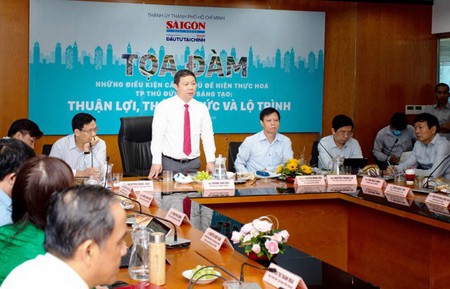
Deputy Editor in Chief in charge of SGGP Nguyen Ngoc Anh reported the proposal of Ho Chi Minh City (HCMC) Party Chief Nguyen Thien Nhan in the 43th Meeting of the 10th HCMC Party Committee about the necessity to combine the three districts of 2, 9, and Thu Duc into a satellite city named Thu Duc City.
This establishment is to maximize all local benefits and create a stronger driving force for economic growth of the city in particular, and the whole country in general. It is also expected to help HCMC restructure its economy to a more innovative, technological, and knowledgeable one.
The to-be Thu Duc City will have a surface area of 21,000ha to accommodate over 1 million people, accounting for 1/10 of the city population.
Based on legal regulations and the directions of the Prime Minister, Permanent Deputy Prime Minister Truong Hoa Binh approved the proposal to create Thu Duc City in accordance with the project to arrange state units at district and ward levels in the period from 2019 – 2021. He then asked for a meeting to collect opinions and ideas of experts in the fields of urban planning, urban economy, architecture, science, and business about this matter.
Associate Prof. Dr. Nguyen Minh Hoa, Vice President of HCMC Urban Planning & Development Association, raised typical topics for discussion, including the legitimacy of the model ‘City inside City’, the organization of functional space for the new city, the core of an innovative city, cultural-socio and economic aspects of Thu Duc City, specific routes to form and develop Thu Duc City.
Former Deputy Chief Architect of HCMC Vo Kim Cuong wholeheartedly supported the creation of Thu Duc City in the East of HCMC, saying that the plan to develop HCMC eastwards appeared in 1993 and is now able to be completed. He then mentioned certain obstacles to overcome.
Firstly, a provincial city is at district level, so what is the level of a city under municipality? There are two solutions, the first of which is to form one new administrative unit. The other is to retain the three current administrative district units, along with a new development office directed by the municipal authorities.
Secondly, the potential value of investment in new urban areas is quite high. Besides the task of finding suitable financial investment sources, the municipal leaders have to find ways to effectively use land resource and avoid property speculation at all cost.
“I once suggested contracting investment per each square meter, with the corresponding responsibility to contribute to facilities development. This is to avoid the situation where the Government has to pay for all kinds of infrastructure growth. It is land owners who need to care for infrastructure construction and the municipal authorities who have to introduce a detailed development plan for the first group to follow”, said Mr. Cuong.
President of HCMC Real Estate Association (HOREA) Le Hoang Chau voiced his worry about unregulated property speculation of areas in the to-be Thu Duc City at the moment. This is one major obstacle to the planning of the new city.
He then recommended the authorities pay more attention to the benefits of long-time residents there, while doing careful planning on land resource to welcome important investors for a more synchronous growth of the area. This information must be publicly and transparently announced for concerned people to acknowledge.
Prof. Tran Ngoc Tho, member of the National Advisory Council for Financial and Monetary Policy, mentioned three difficulties.
Firstly, the project to create Thu Duc City needs to consider permanent changes of individuals, giant financial enterprises, and multi-national corporations after Covid-19 pandemic to avoid wrong investment decisions.
Secondly, it is challenging for the municipal authorities to find suitable investment sources. As the land resource is limited, using it to attract more capital is not sustainable. Therefore, it is better when we are able to use proper policies to create an international-standard environment where the law becomes independent judicial one, and our currency be exchangeable; or at least forming a special economic zone where foreign capital can flow in and out freely. This is a more sustainable capital source.
Thirdly, state leaders in HCMC need to consider how to tax, manage, and secure the capital flow into and out of this new city, which might relate to not only finance-banking but also national security, and thus very complicated. This asks that the project become a part of the comprehensive national strategy.
Associate Prof. Dr. Nguyen Khac Quoc Bao, Dean of the Finance Department of HCMC University of Economy, frankly stated that the municipal budget is quite low, at only 18 percent. Since even 1-2 percent of this budget equals to the whole budget of a mountainous province in the North, it is nearly impossible that the Government approve any budget increase for the city.
Instead, the municipal leaders should suggest changing the Vietnamese budget model to a decentralized one. This means after completing a budget mission, the city is allowed to keep the surplus amount for itself for further investment and development.
Architect Huynh Thanh Khiet, Deputy Director of the HCMC Department of Construction, said that his department is assigned to finish the three missions of forming a program to develop the Eastern urban area correlated with the urban growth program of HCMC until 2025 with a vision to 2050; preparing a project to establish Thu Duc City as a merging between District 2, District 9, and Thu Duc District; and launching a project to register for the approval of this newly formed urban area as a Class-1 city.
His department is going to hold meetings to collect ideas, especially those related to financial and investment matters for each specific period from 2021-2025 and 2026-2030.
General Director of Phuc Khang Corporation Luu Thi Thanh Mai shared that the planning of Thu Duc City must take into account the connection with other provinces, the high living standards of residents, and synchronization in planning strategies.
She discussed the importance of infrastructure construction to eliminate urban flooding, traffic congestions, utilities overloading, so as to make Thu Duc City a truly hi-tech international-standard one.
She mentioned the necessity of a space development strategy. This means an urban design guideline, clearly defining high-rise areas and highlights of the city and creating a good urban appearance with beautiful silhouette of Sai Gon River and Dong Nai River. This guideline will also make it easier for investors to identify their investment scale.
Public space must be taken into account, and public parks along riversides will both protect the environment and increase the attractiveness of the new city, greatly boosting investment value for land here.
Welcoming all suggestions of participants, Vice Chairman of HCMC People’s Committee Duong Anh Duc said that the municipal authorities as well as residents in the city have always hoped for HCMC to maintain its leading position in economy, science, and education.
However, at the moment, the city is facing several challenges. The goal of making the city more innovative and active is to raise the current living standards of citizens here and the country in general.
The Vice Chairman promised to carefully analyze the possibility of all recommendations for the sake of the public’s welfare and the city development so that the to-be Thu Duc City becomes a place worth living, with high living standards and work performance.
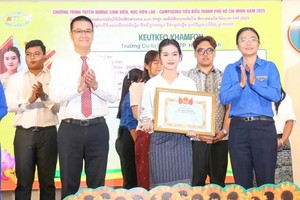
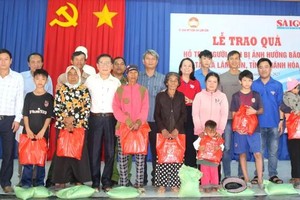



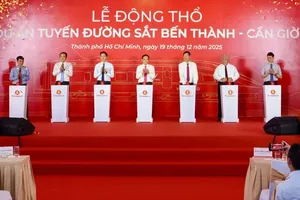



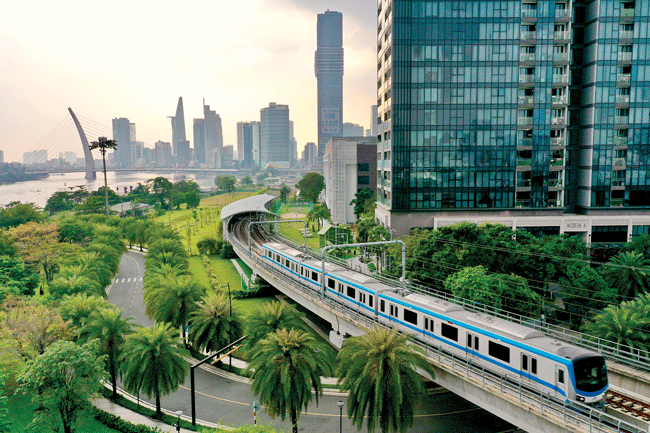
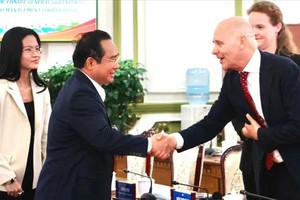


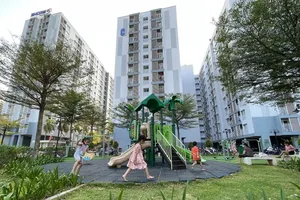
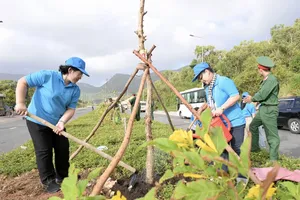
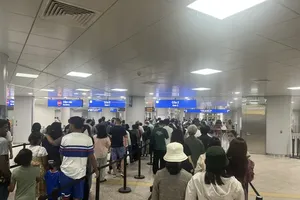
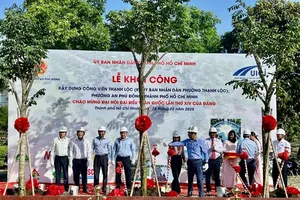
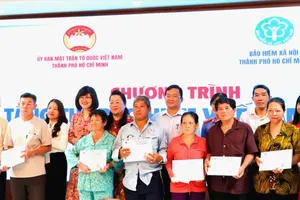
)





